 Guest Post by Nancy Schwartz. Nancy helps nonprofits build strong and lasting relationships with the people whom they need to act—to give, volunteer, participate and more. She shares her marketing expertise—developed over 15+ years of guiding organizations like yours—as a strategist, speaker and blogger at Getting Attention.org. Register now to get more guidance like this, delivered right to your inbox.
Guest Post by Nancy Schwartz. Nancy helps nonprofits build strong and lasting relationships with the people whom they need to act—to give, volunteer, participate and more. She shares her marketing expertise—developed over 15+ years of guiding organizations like yours—as a strategist, speaker and blogger at Getting Attention.org. Register now to get more guidance like this, delivered right to your inbox.
Donor retention is an absolute priority (again) for 2014. Yet the path to retention success remains elusive for many organizations. How about yours?
Please join me in thanking Frank Barry and the Blackbaud team for sharing donor retention guidance from some of the smartest fundraising experts out there. I'm thrilled to be included!
Here's my #1 donor retention guidance for you—R-E-S-P-E-C-T your way to strong and long-lasting donor relationships. And here's how:
Respect donors' wants
Even when they DON'T want to hear from you!
This is the simplest, but perhaps the most difficult, recommendation I'll make to you. But do otherwise and you'll lose folks forever.
Enlist your fundraising colleagues
Each donor deserves the most personalized outreach possible every time (or no time), so enlist your colleagues to segment donors as precisely as your time, expertise, budget and tools allow,
But before you do any enlisting, ask your colleagues for their help and show them what taking on this additional task will do for them (whether the WIIFM is as immediate as increasing an email's open rate, or as long-term as boosting donations that, in turn, will increase their job stability.) Get specific here—Intangibles are never as convincing as the concrete.
Train them to segment effectively. Develop a set of criteria to be used consistently, based on your fundraising goals and knowledge of what's worked to date segmentation-wise. Then create a segmentation checklist. It'll save you and your colleagues time and frustration.
Provide as-needed support and ask for ongoing feedback so you can fine-tune a segmentation selection, testing and revision process that's productive but realistic (that's the only way this work will get done).
Thank your colleagues regularly, and share feedback on how their effort is improving results (or, if it isn't, how you're going to shift your segmentation strategy to boost results).
Start a donor advisory board
This should include folks willing to share five to ten minutes monthly to help you improve your donor satisfaction.
So often, when I first make this suggestion to folks, I get pushback, e.g. "We ask them for so much already, "
"I have to save my asking for donations. And so on, and so on.
But listen in—Asking folks who are already involved in one way (start with donors) to get involved in another way tends to boost their understanding of what your organization really does and what it takes to do that and build their loyalty.
In rare cases, your invitation may send them running the other way, which means you can focus your limited resources more productively. Not bad for a worst-case scenario!
Put together an all-org donor listening team
Ask for your colleagues' help, then show the WIIFM of donor feedback via tangible examples.
You got it! Once again, this kind of invitation, when done right, tends to get folks charged up and feeling more a part of the collective effort.
Strengthen your ask by showing colleagues—especially the folks you don't usually work with and who may be less clear on your approach to strengthening relationships with supporters—why this listening approach helps with specific examples.
Now Train—Support—Share Findings and Resulting Changes—Thank your team. That's the formula for team building success.
Execute a system to log, share and analyze donor insights throughout your organization
Now that you've completed the steps listed above to build a robust and multi-perspective fundraising team incorporating selected supporters plus colleagues across your org…
And these team members are actively listening, processing and sharing what they learn from supporters, colleague and competitive organizations in the field and other players that influence how your supporters support you.
That's all great, but your listening/learning team has value only with an easy and quick way to log and share findings, so they can be analyzed and used to revise approaches a.s.a.p.
Course-correct
You must be able to adjust your fundraising approach at a moment's notice to fit what’s vital to your donors, and their recent interactions with your org.
Get agile to satisfy supporter expectations that your nonprofit is constantly adapting to fit their wants, schedules and lives.
And that has to include how they interact (or not) with your marketing and fundraising outreach, and your programs and services.
Take stock
What's still not working with your donor retention program? and what suggestions does your donor advisory board have on how to do better?
Give it a try! I've seen this approach work, time and time again, in organizations just like yours.
And while you’re at it, check out the new npExperts eBook for more insight into donor retention strategies that work!

Photo courtesy of Flickr
View full article
(unsubscribe from this feed)


 Guest Post by Nancy Schwartz. Nancy helps nonprofits build strong and lasting relationships with the people whom they need to act—to give, volunteer, participate and more. She shares her marketing expertise—developed over 15+ years of guiding organizations like yours—as a strategist, speaker and blogger at Getting Attention.org.
Guest Post by Nancy Schwartz. Nancy helps nonprofits build strong and lasting relationships with the people whom they need to act—to give, volunteer, participate and more. She shares her marketing expertise—developed over 15+ years of guiding organizations like yours—as a strategist, speaker and blogger at Getting Attention.org. 
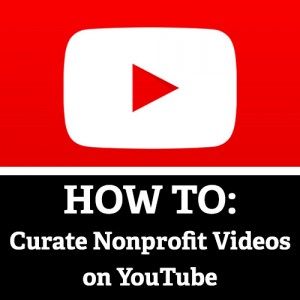
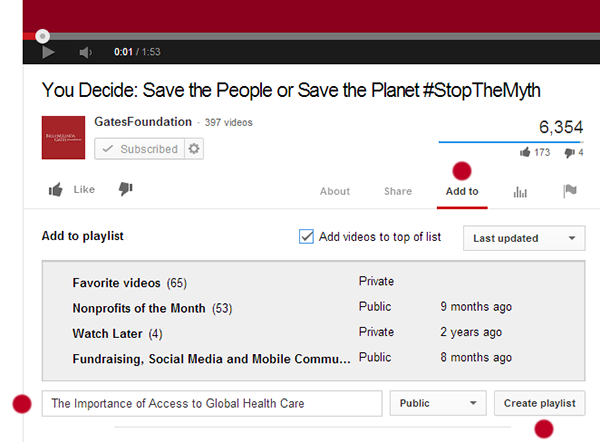
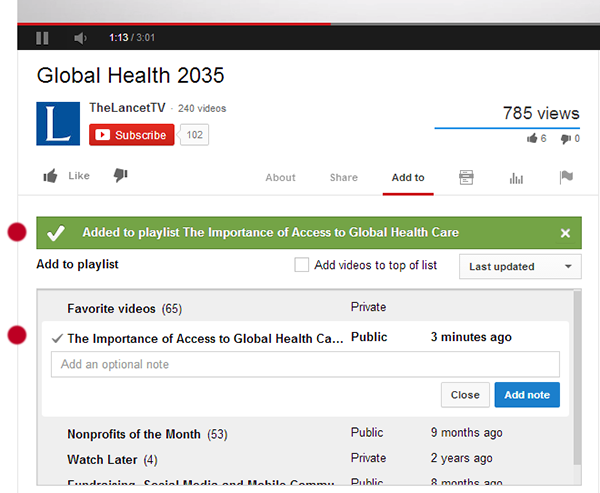
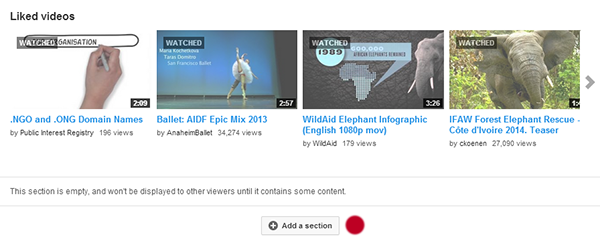
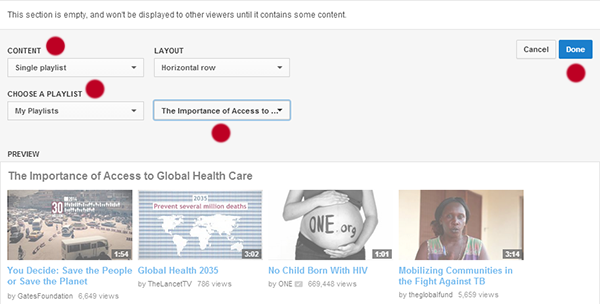

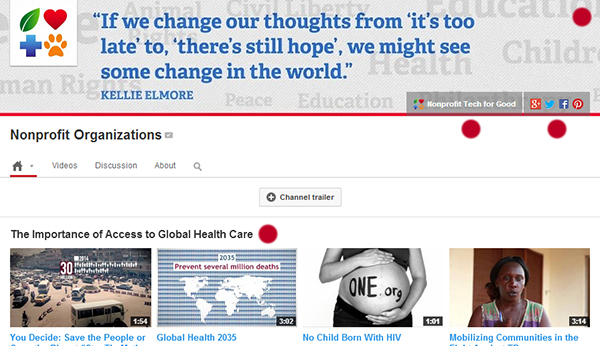
 By Marc A. Pitman: Author of Ask Without Fear!, husband, dad, int’l fundraising trainer, coach, keynote speaker, capital campaign guy, bowtie guy, GenXer, coffeelover, & brewer.
By Marc A. Pitman: Author of Ask Without Fear!, husband, dad, int’l fundraising trainer, coach, keynote speaker, capital campaign guy, bowtie guy, GenXer, coffeelover, & brewer. 
![40 Ways for Nonprofits to Raise More Money with Businesses [Book Giveaway] 40 Ways for Nonprofits to Raise More Money with Businesses [Book Giveaway]](http://www.johnhaydon.com/wp-content/uploads/2014/01/Screenshot-2013-10-23-22.27.38.png)